
9 Easy Ways to Strengthen Your Knees: Support Joint Health Naturally
9 Natural Ways to Strengthen Your Knees and Stay Active for Life
Your knees carry you through life’s adventures—from early morning walks to climbing stairs or chasing after kids or grandkids. But as time passes or through repeated strain, they can start to weaken. For health-conscious Americans looking for natural, practical ways to support their knee health, small daily choices can make a big difference. This guide offers nine easy, evidence-based strategies to naturally strengthen your knees and maintain joint comfort and flexibility—helping you stay active, mobile, and confident at every stage of life.
Let’s explore how to protect your knees and enjoy a vibrant, movement-rich lifestyle—without relying on invasive procedures or medications.
Why Knee Strength Matters More Than You Think
Strong knees are essential to staying mobile, independent, and pain-free—especially as we age. According to the Cleveland Clinic, knee joints bear tremendous pressure with every step, often up to six times your body weight during activities like climbing stairs. No surprise, then, that over 32 million U.S. adults are affected by osteoarthritis, most commonly in the knees.
When your knees are weak, you may experience pain, instability, or hesitation to move, which can lead to a sedentary lifestyle and declining health. But here’s the good news: strengthening the muscles around your knees—particularly the quadriceps, hamstrings, calves, and glutes—can significantly improve support and function.
The following natural methods combine movement, nutrition, lifestyle, and recovery techniques that are accessible to people of all fitness levels. Let’s dive in.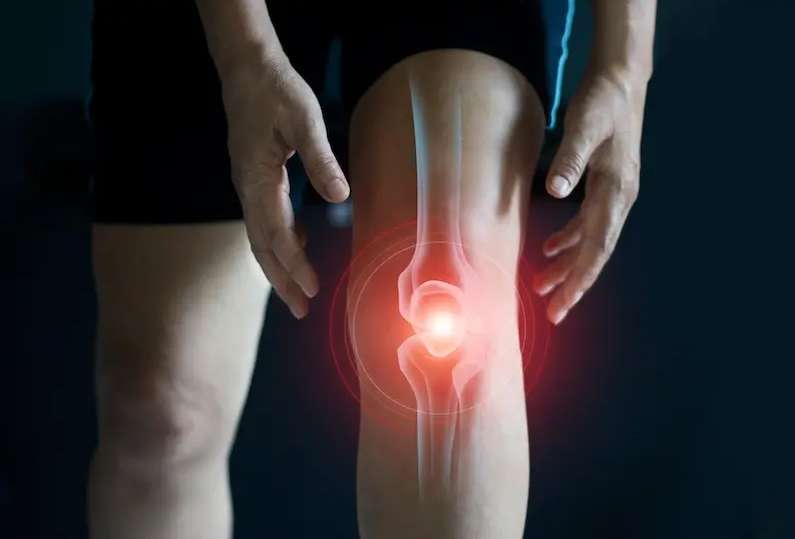
1. Try Low-Impact Exercises That Build Strength Without Strain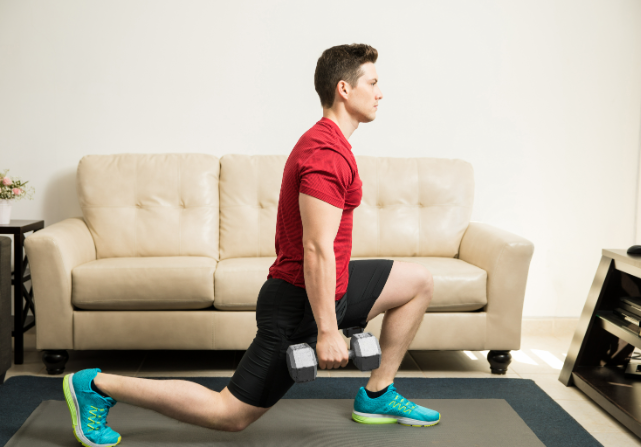
Exercise is the most effective way to maintain strong knees—but not all workouts are created equal. Low-impact activities protect your joints while improving flexibility, circulation, and muscle tone.
Research published in Arthritis Care & Research (2019) found that low-impact aerobic exercise significantly reduced knee pain and improved function in adults with osteoarthritis.
Knee-friendly exercise options include:
-
Walking (20–30 minutes daily): Boosts circulation and strengthens the leg muscles that support the knee.
-
Swimming or Water Aerobics (2–3 times per week): Water reduces pressure on your joints while offering full-body resistance.
-
Cycling or Stationary Biking (15–20 minutes): Builds muscle without stressing your knees.
-
Straight Leg Raises: Lie flat, lift one leg up slowly, hold for 5 seconds, and lower. Aim for 10–15 reps on each leg.
💡 Tip: Start slowly and progress gradually. Begin with a 10-minute routine and build up. Always warm up with light movement or stretching to prevent injury.
2. Stretch Daily to Improve Knee Flexibility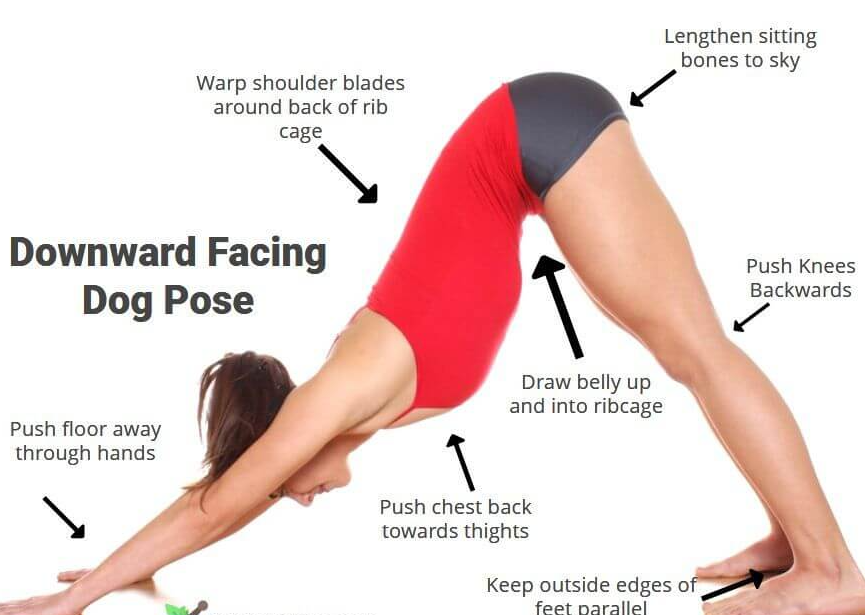
Keeping your knees limber helps prevent stiffness and reduces your risk of injury. Harvard Health recommends stretching key muscle groups to improve joint function and extend your range of motion.
Daily stretches to try:
-
Hamstring Stretch: Sit with one leg extended. Lean forward from your hips toward your toes. Hold for 20–30 seconds.
-
Quadriceps Stretch: While standing, pull your heel toward your glutes. Hold for 20 seconds. Repeat on the other leg.
-
Calf Stretch: Place both hands on a wall, step one leg back, and keep the heel flat on the ground. Hold for 20 seconds, then switch sides.
Doing these stretches two to three times per day, especially after physical activity, helps maintain knee mobility and protects against future injuries.
3. Strength Train to Support the Knee Joint
Muscle is your knee’s best defense. Building strength in your quads, hamstrings, glutes, and calves helps stabilize the joint and absorb shock during movement.
A 2020 study in The Journal of Rheumatology found that regular strength training reduced knee pain and improved physical function in older adults.
Beginner-friendly strength exercises include:
-
Mini Squats: Lower your body halfway down and rise up. Keep knees behind your toes. Perform 10–12 reps.
-
Step-Ups: Step onto a low platform or stair, then step down. Do 10–15 reps per leg.
-
Seated Leg Extensions: Sit in a chair, lift one leg straight, hold for 3–5 seconds, and lower. Repeat 12 reps per leg.
🏋️ Try this: Incorporate resistance bands or light ankle weights as you progress. Aim for strength sessions 2–3 times per week. If you’re unsure about your form, consult a physical therapist.
4. Maintain a Healthy Weight to Reduce Knee Load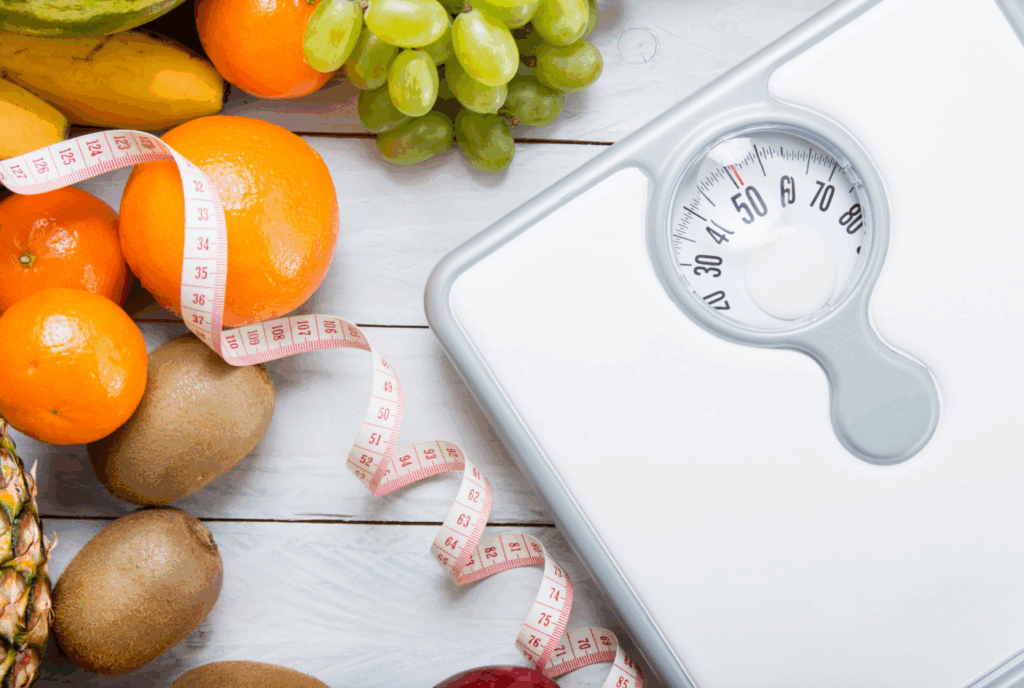
Every extra pound of body weight adds approximately four pounds of pressure on your knees. That means even modest weight loss can dramatically ease knee stress.
According to the CDC, losing just 5–10% of your body weight can significantly reduce joint discomfort in overweight individuals.
Tips to manage weight naturally:
-
Eat whole, nutrient-rich foods: Think leafy greens, lean protein, fruits, and legumes.
-
Limit ultra-processed foods and sugary drinks.
-
Stay active: Even a brisk 15-minute walk helps balance metabolism.
🏃♀️ Motivation boost: Every pound lost is a step toward lighter, stronger knees—and a more energized life.
5. Choose Footwear That Supports Alignment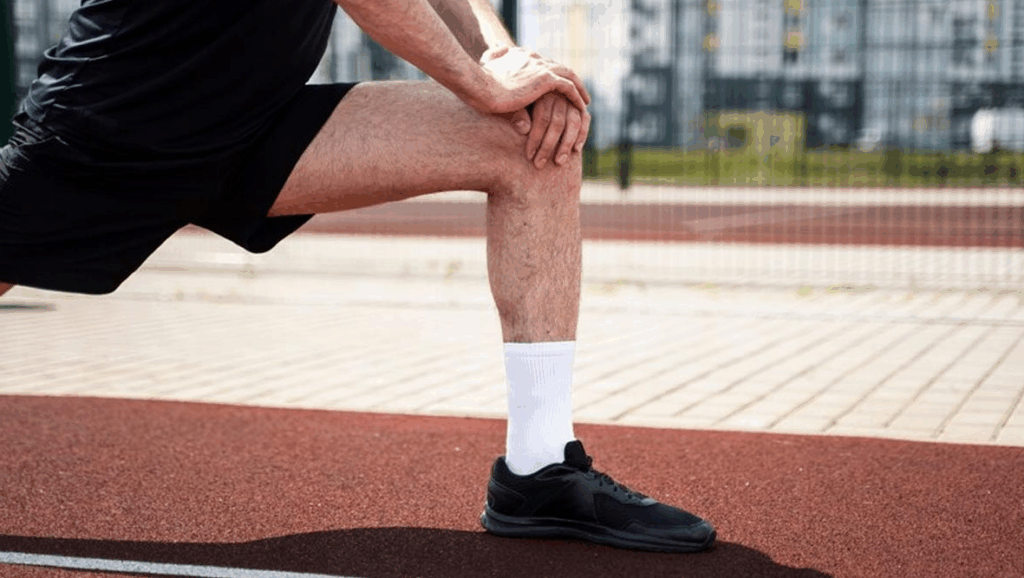
What you wear on your feet directly impacts your knee alignment. Shoes with poor cushioning or arch support can lead to joint stress, especially during physical activity.
Smart shoe choices:
-
Supportive sneakers: Look for shoes with proper arch support and shock absorption.
-
Orthotic inserts: These can correct foot imbalances, helping relieve pressure on your knees.
-
Replace shoes regularly: Running or walking shoes should be replaced every 300–500 miles.
👟 Tip: Avoid high heels or completely flat shoes for extended wear—they can strain your knees over time.
6. Nourish Your Knees with a Joint-Friendly Diet
Food is fuel—but it’s also a powerful tool for reducing inflammation and nourishing joint tissue. A diet rich in anti-inflammatory and cartilage-supporting nutrients can help ease discomfort and promote knee health from within.
Joint-friendly foods include:
-
Fatty fish (like salmon, sardines, or mackerel): Rich in omega-3s that combat inflammation.
-
Colorful fruits and vegetables: Berries, carrots, spinach, and broccoli are packed with antioxidants.
-
Nuts, seeds, and olive oil: Provide healthy fats and vitamin E for joint protection.
-
Bone broth and collagen: May support cartilage repair.
🥗 Pro tip: Think of every meal as an opportunity to reduce inflammation and support your joints—starting with your knees.
7. Stay Hydrated to Keep Joints Lubricated
Water plays a vital role in joint health. Your knees are cushioned by synovial fluid, which depends on hydration to function effectively. Dehydration can lead to joint stiffness and reduced shock absorption.
Easy hydration tips:
-
Drink at least 8–10 cups of water per day.
-
Add hydration-boosting foods like watermelon, oranges, and cucumbers to your meals.
-
Limit dehydrating beverages like excessive coffee or alcohol.
🚰 Hack: Carry a reusable water bottle and set hourly reminders to sip throughout the day.
8. Practice Good Posture and Body Mechanics
Your daily movements matter. Poor posture, incorrect lifting, or slouching can strain your knees over time.
Posture best practices:
-
Stand tall: Keep shoulders back and knees slightly bent to distribute weight evenly.
-
Lift with your legs: Bend at the hips and knees, not your back.
-
Avoid prolonged sitting or standing: Alternate positions and use ergonomic chairs when possible.
🧍♂️ Mindful habit: Focus on posture during everyday tasks—whether you’re cooking, gardening, or doing chores—to protect your knees over the long term.
9. Give Your Knees Time to Rest and Recover
Movement is essential—but so is rest. Overuse can lead to inflammation and injury, especially if you’re starting a new exercise routine or increasing intensity.
Recovery strategies:
-
Rest days: Give muscles and joints at least 1–2 days of rest per week.
-
Ice therapy: Apply an ice pack for 15–20 minutes after strenuous activity.
-
Elevation: Prop your legs up to reduce swelling and improve circulation.
🛌 Bottom line: Recovery is where strength is built. Listen to your body, and don’t ignore persistent pain.
Why These Strategies Work—Backed by Science and Lifestyle Fit
These nine strategies resonate with health-conscious Americans because they’re simple, natural, and grounded in research. A 2021 study in Osteoarthritis and Cartilage found that lifestyle changes like weight loss, physical activity, and diet significantly improved knee pain and mobility—without the need for surgery or prescription drugs.
Best of all, you don’t need fancy equipment or complicated routines. Whether it’s adding berries to your breakfast, stretching in the morning, or taking a walk after dinner, you’re making a powerful investment in your knee health.
When to Seek Professional Guidance
These strategies are excellent for general knee care, but sometimes medical input is necessary. According to the Mayo Clinic, you should consult a doctor if you experience:
-
Knee pain that lasts more than a few weeks.
-
Swelling,
News in the same category


The Best Proven Ways to Heal Scars Naturally (Evidence Based)
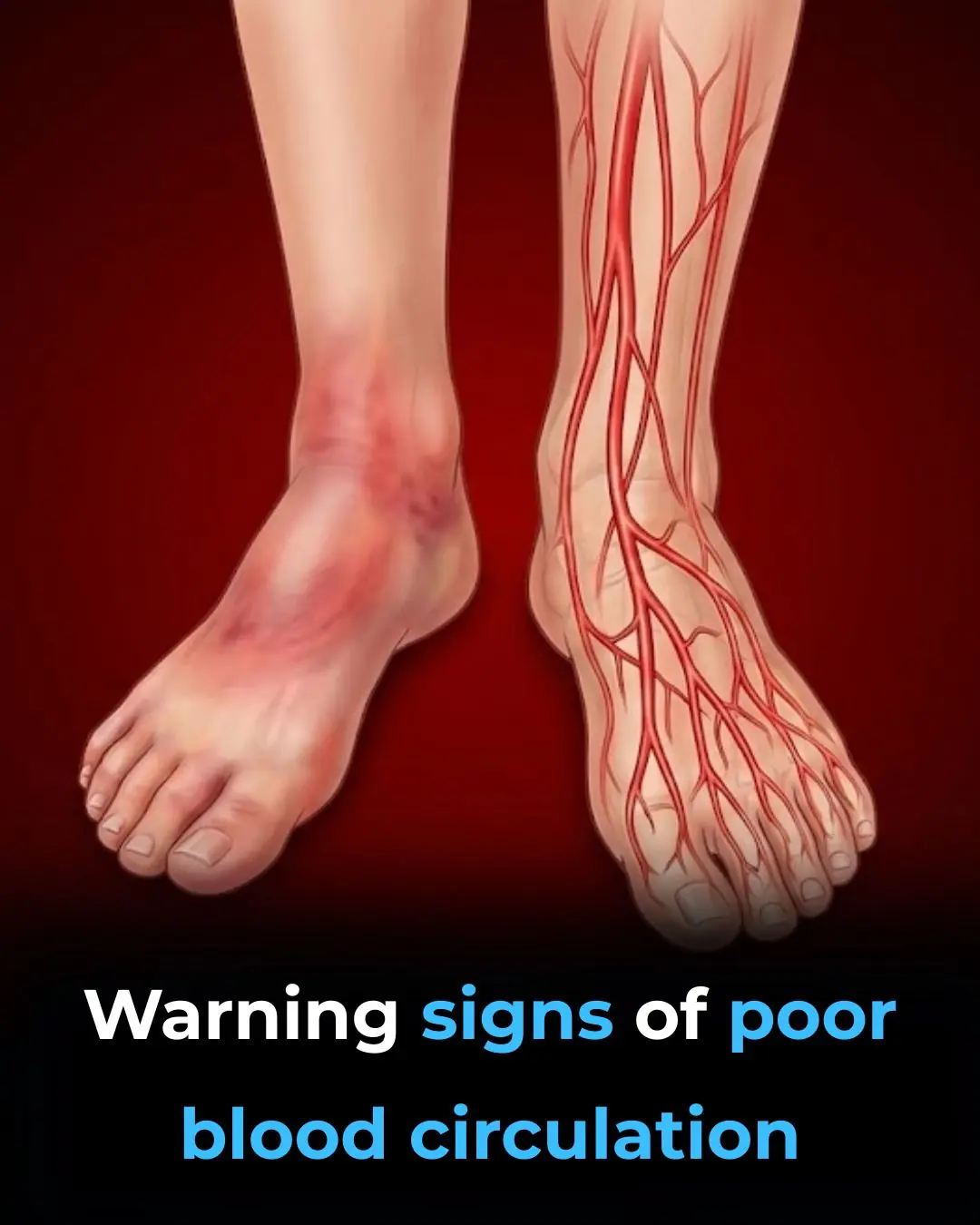
16 Warning Signs of Poor Blood Circulation and How to Treat It

The Best Home Remedies For Getting Rid of Ear Infection

Daily Step Counts Combined With Genetic Risk Can Better Predict Type 2 Diabetes

Gestational Diabetes Rates Surge Across the United States

Why Does Lung Cancer Affect Non-Smokers? A Hidden Culprit in the Kitchen That Many People Overlook

6 Foods You Absolutely Need To Avoid If You Suffer From a Thyroid Disorder

Gastroenterologist says this is the #1 drink for gut health
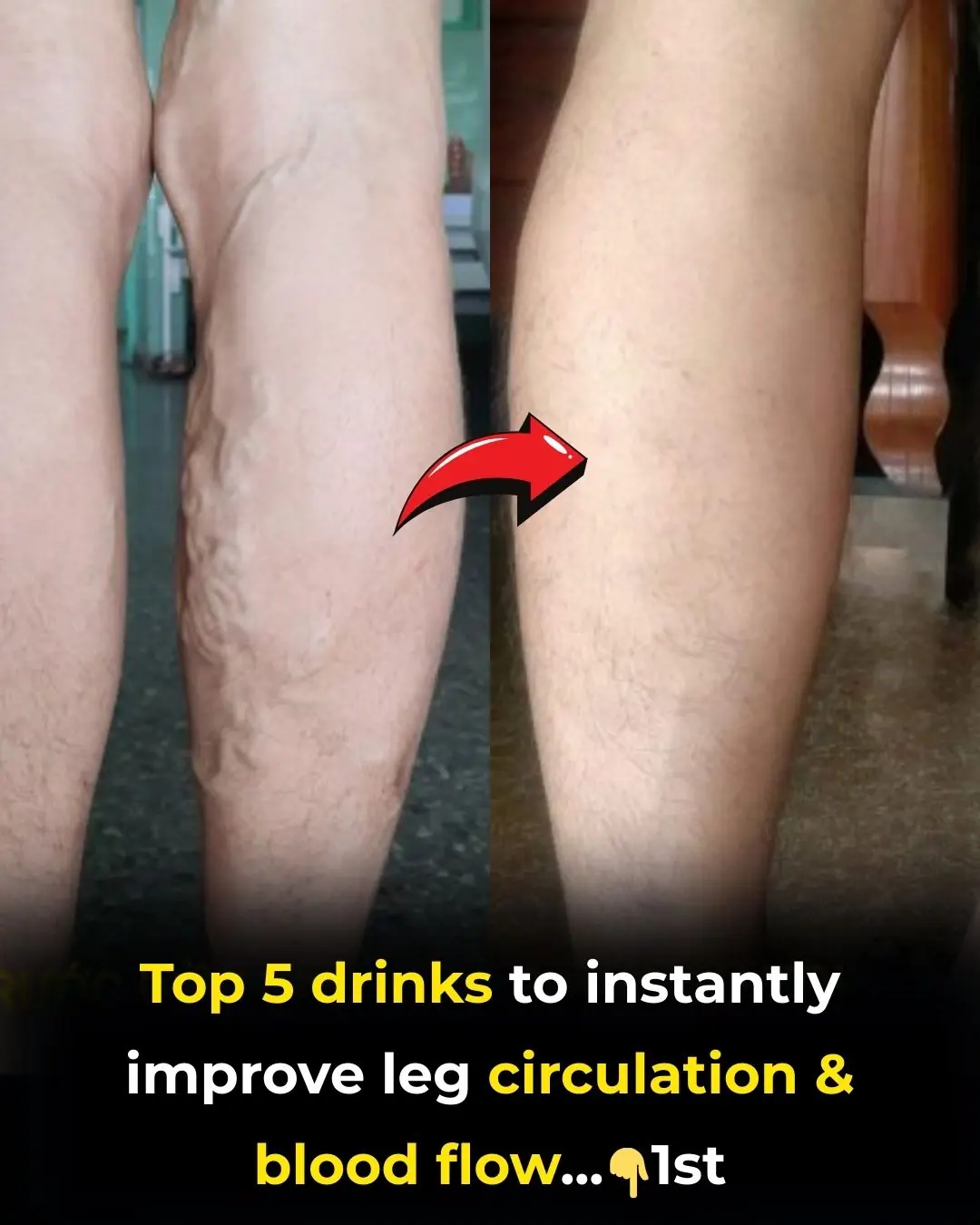
Top 5 drinks to INSTANTLY improve leg circulation and blood flow

Five Morning Habits That May Quietly Increase Cancer Risk

Natural Home Remedies for Cough and Sore Throat

People with weak kidneys often do these 4 things every day: If you don't stop soon, it can easily damage your kidneys

I spent a couple of nights at my friend’s previous apartment and saw these unusual bumps

Understanding the Link Between Your Blood Type and Health

10 Unusual Signs Your Blood Sugar Is Constantly Too High

Five Simple Drinks That Help Eliminate Uric Acid and Prevent Gout Flare-Ups

Red and Processed Meat Consumption Increases Cancer Risk, Experts Warn

The Hidden Dangers of Eating Leftover Food Stored Overnight

Two Rare Neurologic Disorders Added to US Newborn Screening Panel
News Post

Fears of a Texas Serial Killer Intensify After Three More Bodies Are Recovered from Houston Bayous

From Casual Drinking to Dependence: A Recovering Alcoholic Reveals Seven Warning Signs of Addiction

Why Americans Were Shocked by the British Way of Washing Dishes

No one told me

My nose is getting bumpy, swollen, and red. Next doctor slot is way out. What should I do?

Can You Spot It? The Viral “Sniper Vision” Challenge That’s Testing Human Perception

Most Doctors Won’t Tell You, But This Can Cut Heart Attack & Stroke Risk By 80%

The Best Proven Ways to Heal Scars Naturally (Evidence Based)

How Japan Preserves Nature by Relocating Trees Instead of Cutting Them Down

16 Warning Signs of Poor Blood Circulation and How to Treat It

The Best Home Remedies For Getting Rid of Ear Infection

A Simple Act of Kindness That Turned a Lifelong Dream into Reality

Soap Left on Plates? British Dishwashing Method Sparks International Debate

A Hero on Four Paws: How a Cat’s Instincts Saved a Baby from an Alligator

Florida’s Trooper’s Law: A Landmark Step Toward Protecting Pets During Natural Disasters

An 11,000-Year-Old Indigenous Settlement in Saskatchewan Is Transforming Our Understanding of North America’s Ancient Past

Never realized this

When Speed Saves Lives: The Lamborghini Mission That Delivered Hope

Daily Step Counts Combined With Genetic Risk Can Better Predict Type 2 Diabetes
